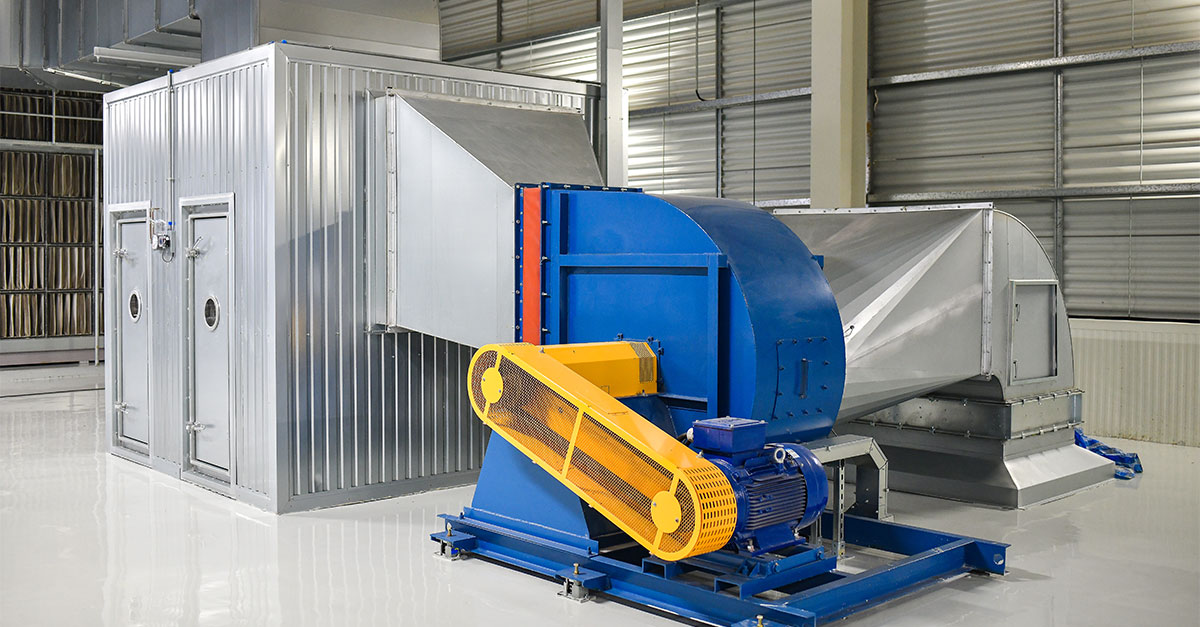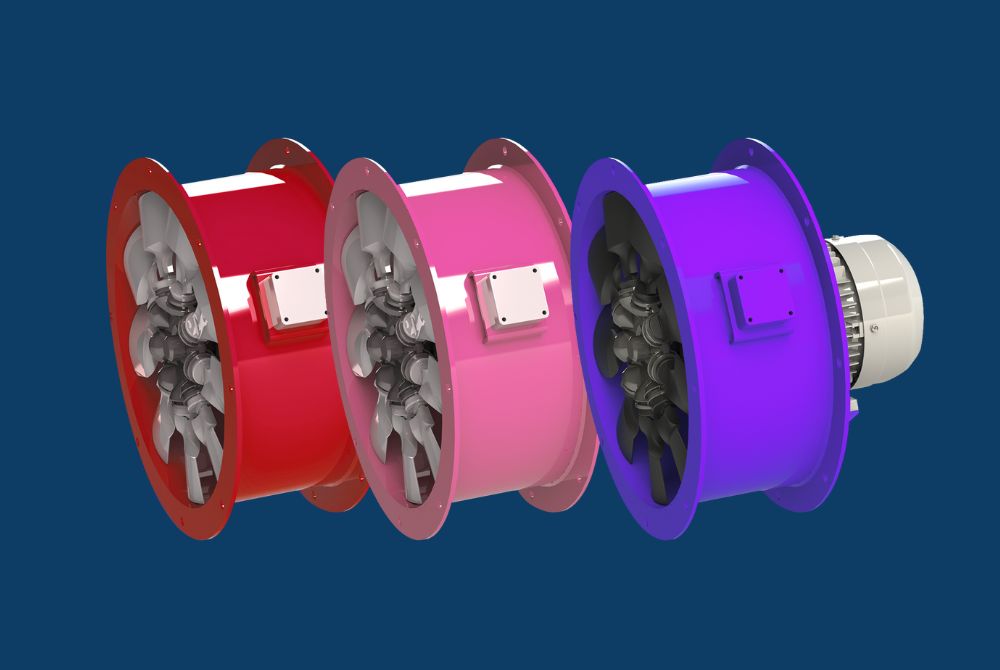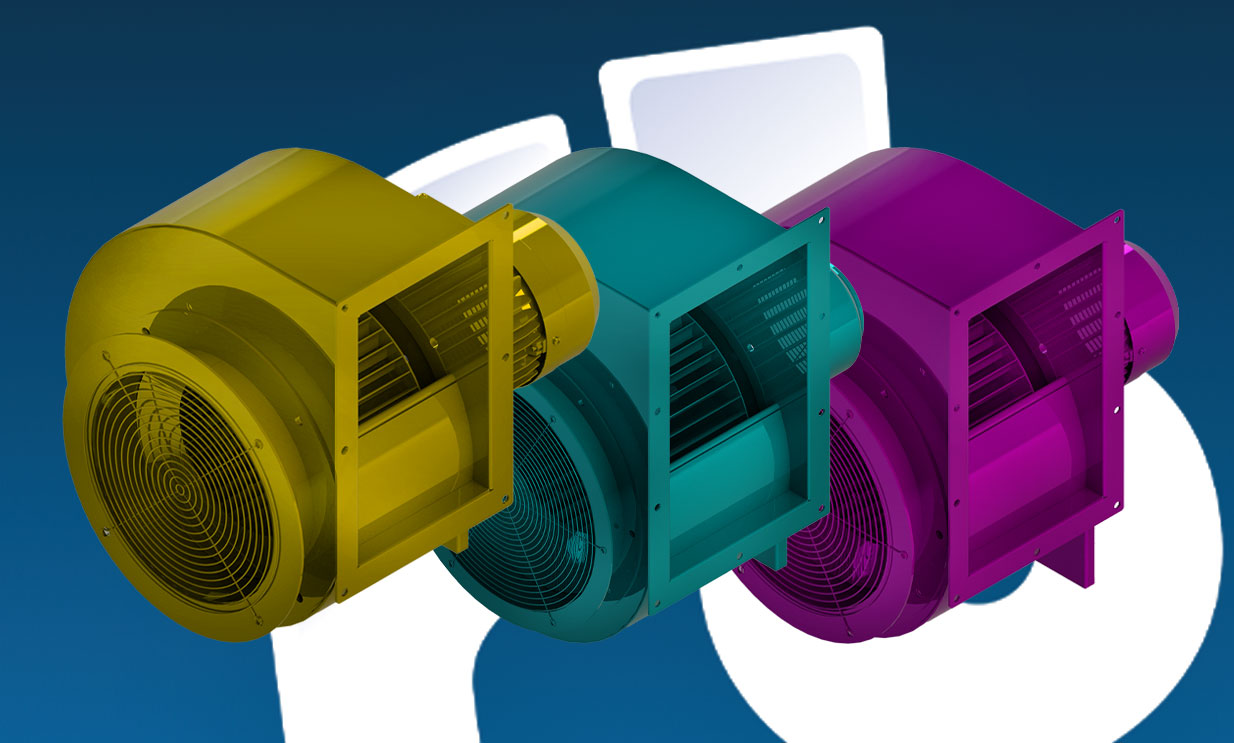


News
01.07.2025
When it comes to industrial air movement, few components are as essential as centrifugal fans. These high-performance machines are used across manufacturing, processing, and environmental systems to move air efficiently under pressure. But with several types of centrifugal fans available, knowing which one suits your specific application is crucial.
In this guide, we explore the different types of centrifugal fans, what makes each one unique, and how to choose the right model for your airflow, pressure, and environmental needs.
The types of centrifugal fans are classified primarily by their impeller blade design. Each blade type affects airflow characteristics, pressure development, efficiency, and durability. Let’s explore the four most common types used in industrial and commercial settings.
Forward-curved centrifugal fans feature numerous short blades that curve in the direction of rotation. They are designed to move large volumes of air at low pressure, making them ideal for compact systems.
Example from Fans and Blowers:
FCZ Centrifugal Fan – Designed for high flow at low pressures.
Backward-curved centrifugal fans have fewer, longer blades that curve away from the direction of rotation. They are more efficient than forward-curved fans and better suited for medium to high-pressure systems.
Radial centrifugal fans—also known as straight-blade fans—have robust, paddle-style impellers. These fans discharge air at a 90-degree angle and excel in handling dirty or particulate-laden air.
GXZ Centrifugal Fan – Geared towards gas and exhaust applications.
Aerofoil centrifugal fans feature blades shaped like an aircraft wing for aerodynamic efficiency. They deliver quiet, clean airflow with minimal energy consumption and are ideal for filtered or conditioned air applications.
Choosing the right type of centrifugal fan depends on several important criteria:
Knowing the different types of centrifugal fans and their strengths will help you build an air movement system that delivers long-term performance, efficiency, and reliability. Whether you're upgrading an HVAC system, specifying fans for dust extraction, or designing a gas-boosting line, there's a centrifugal fan to meet your exact needs.
Fans and Blowers is here to help you make the right choice, backed by decades of engineering experience and a wide portfolio of industrial fan solutions.
Get in touch with our team or explore our fan range to learn more about the right type of centrifugal fan for your application.
Return To NewsKeep up to date with our
Our Range


Worldwide shipping
International standards
High performance

